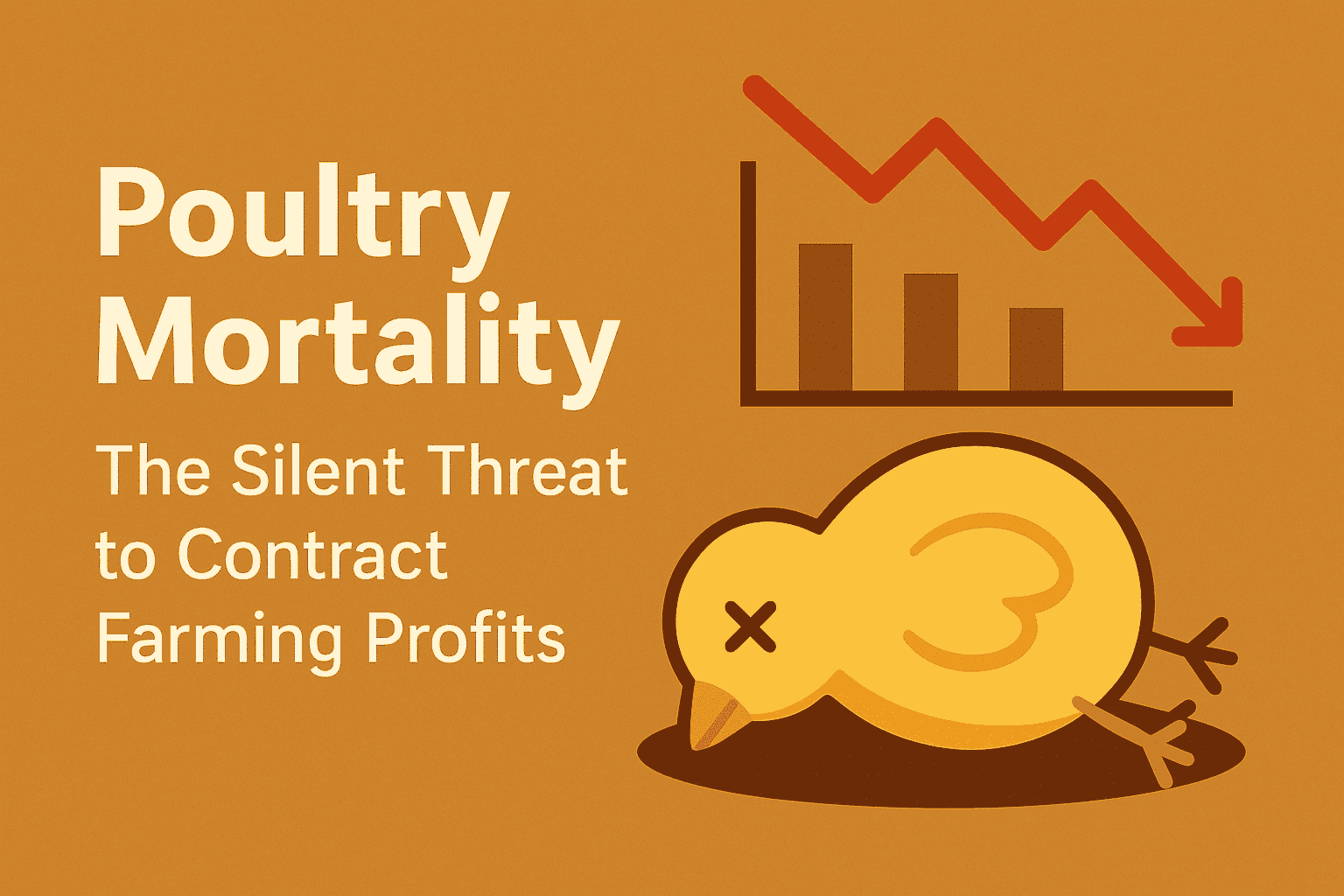Running a successful poultry feed mill requires constant improvement and smart decision-making. One of the best ways to do this is by comparing your new processing yields with historical data. This comparison reveals trends, highlights inefficiencies, and points to areas where you can improve. Drawing from my journey of working closely with poultry farmers and using technology to simplify their operations, I have realized that yield comparison is a powerful tool that can turn data into meaningful business insights. This blog will guide you on how to effectively compare new processing yields with old data to boost your feed mill’s performance and profitability.
Why Comparing Processing Yields Matters
Every feed mill produces varying amounts of feed output depending on several factors such as raw material quality, machinery efficiency, and labor skills. Without comparing current yields with past data, it is difficult to tell if your mill is improving or facing hidden issues. This comparison helps you spot inconsistencies early, understand the impact of changes in raw materials or processes, and ensures you maintain or increase production efficiency.
Key Data Points to Collect for Effective Comparison
To start comparing yields, you need reliable data from both past and current production. Key points include raw material input quantities, feed output weights, processing times, machine downtime, and quality checks. Keeping consistent records over time creates a valuable database for meaningful comparison. This data should be easy to access and regularly updated to track performance trends accurately.
Step-by-Step Process for Yield Comparison
Begin by collecting your latest production data and matching it with corresponding past data for similar batches or periods. Calculate yield percentages by dividing feed output by raw material input. Analyze these percentages to identify improvements or declines. Investigate reasons for any significant changes by reviewing process adjustments, raw material quality, or machinery performance. Document findings and implement corrective actions where necessary. This ongoing process ensures continuous improvement and reduces production shrinkage.
Using Insights from Yield Comparison to Improve Feed Mill Management
Comparing yields is only valuable when the insights lead to action. Use your analysis to optimize raw material sourcing by choosing suppliers that consistently provide better quality ingredients. Fine-tune machinery maintenance schedules based on yield performance trends. Train your workforce on best practices if yield drops indicate operational inefficiencies. Align your production planning with yield data to reduce waste and increase profitability.
Real-Life Benefits Observed from Yield Data Comparison
From working with many poultry farmers, I have seen how regular yield comparison leads to better cost control and improved feed quality. Feed mills that adopted this practice reduced wastage significantly and enhanced their pricing strategies. More importantly, they gained confidence in their operational decisions backed by solid data, making their businesses more sustainable and competitive.
Conclusion
Comparing new processing yields with old data is a simple yet powerful way to unlock hidden opportunities for improvement in your poultry feed mill. By maintaining accurate records, analyzing trends, and acting on insights, you can boost efficiency, reduce losses, and grow your business confidently. Start tracking your yield data today to experience these benefits and lead your feed mill toward greater success.




